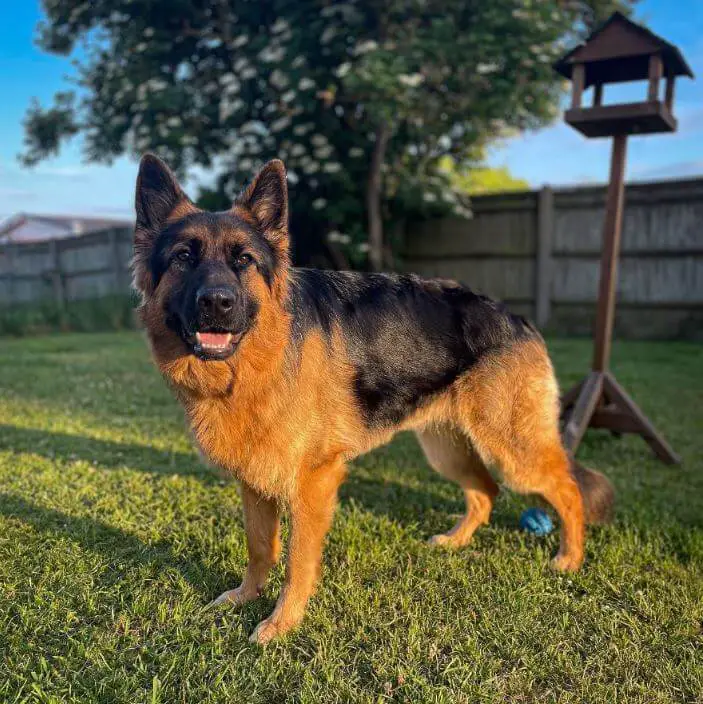Maintaining a healthy weight is essential for your dog’s overall well-being and longevity. Just like in humans, being overweight can lead to various health issues in dogs, including joint problems, heart disease, and a decreased quality of life. In this article, we’ll provide you with valuable insights and practical tips to help you determine if your dog is in shape or overweight.

Why Your Dog’s Weight Matters:
A healthy weight is more than just a number on the scale. It’s about ensuring your dog has the best chance at a long, active, and happy life. Here’s why your dog’s weight is important:
- Joint Health: Excess weight puts added stress on your dog’s joints, leading to arthritis and mobility issues.
- Heart Health: Overweight dogs are at a higher risk of heart disease and high blood pressure.
- Respiratory Problems: Carrying extra pounds can make it difficult for your dog to breathe, especially during exercise.
- Diabetes: Obesity is a significant risk factor for diabetes in dogs.
How to Determine if Your Dog Is in Shape:
Here are some practical ways to assess your dog’s body condition and determine if they are in shape:
- Visual Inspection: Look at your dog from above. You should be able to see a waistline behind the ribs. From the side, their abdomen should tuck up slightly.
- Run Your Hands: Run your hands along your dog’s ribcage. You should be able to feel the ribs without pressing too hard. If you can’t feel the ribs or they’re difficult to locate, your dog may be overweight.
- Observe Activity Level: If your dog is active, playful, and enthusiastic during walks or playtime, they are likely in good shape. Lethargy and reluctance to exercise can be signs of excess weight.
- Weigh Your Dog: Regularly weigh your dog using a reliable scale. Consult your veterinarian for guidance on your dog’s ideal weight.

Signs of an Overweight Dog:
Recognizing the signs of an overweight dog is crucial for early intervention:
- Excessive Fat: Obvious signs of excess fat around the abdomen, hips, and neck.
- Difficulty Moving: If your dog struggles to get up, climb stairs, or engage in physical activities, it may be due to excess weight.
- Lack of Muscle Definition: Overweight dogs often lack muscle tone and definition.
- Labored Breathing: Heavy panting, especially with minimal activity, can indicate excess weight.
Tips for Maintaining a Healthy Weight:
If you determine that your dog is overweight, take action to help them shed those extra pounds:
- Consult Your Veterinarian: Seek guidance from your vet to create a customized weight loss plan tailored to your dog’s needs.
- Adjust Their Diet: Choose a high-quality, portion-controlled dog food. Avoid feeding table scraps or high-calorie treats.
- Increase Exercise: Gradually increase your dog’s exercise routine, incorporating daily walks, playtime, and mental stimulation.
- Monitor Progress: Regularly weigh and assess your dog’s body condition to track their progress.
- Be Patient: Weight loss should be gradual and steady. Rapid weight loss can be harmful.

Your dog’s weight is a crucial aspect of their overall health and well-being. By regularly assessing their body condition, recognizing the signs of excess weight, and taking steps to maintain a healthy weight through diet and exercise, you can help ensure a long, happy, and active life for your furry companion. Don’t hesitate to seek guidance from your veterinarian to create a weight management plan tailored to your dog’s specific needs.
